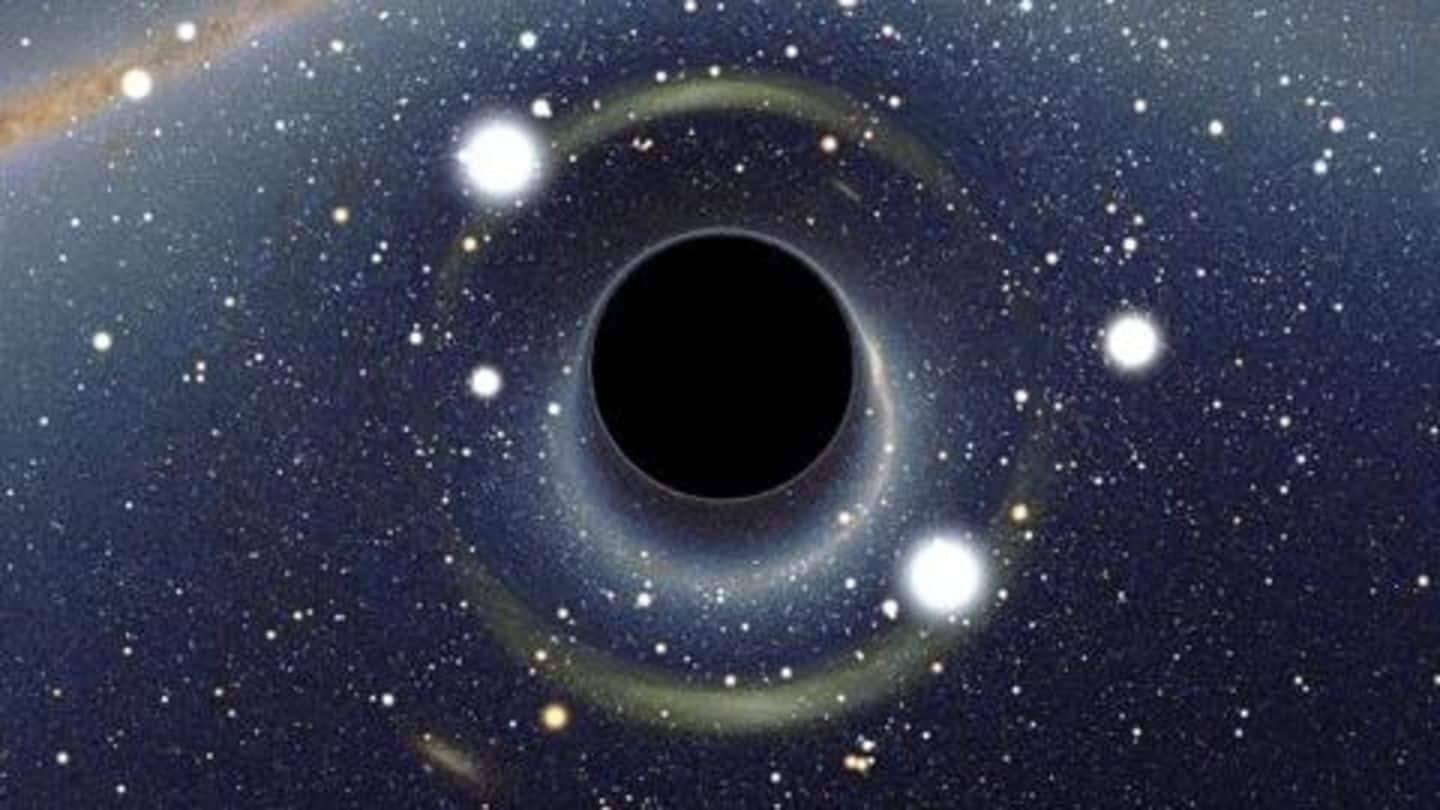
This black hole could be making space itself rotate
What's the story
ISRO and NASA together have discovered a black hole that is spinning so fast that it might be making the space around it rotate. While black holes are hardly a new discovery, this particular black hole is an extremely rare one, and is among five such black holes that have been detected so far. Here's all about it.
Detection
The black hole was detected in 2016 by ISRO's AstroSat
The black hole was first detected in 2016 by ISRO's and India's first dedicated astronomy satellite, AstroSat. Located in the binary star system 4U 1630−47, the black hole was found to giving out unusual X-ray burst. NASA's Chandra X-ray Observatory confirmed ISRO's findings, and scientists from multiple institutions led by the Tata Institute of Fundamental Research (TIFR) found the black hole to be unusual.
Do you know?
Indigenously built instruments aboard the AstroSat spotted the black hole
The indigenously built SXT and Large Area X-ray Proportional Counter (LAXPC) instruments on board ISRO's AstroSat first observed the black hole and correctly interpreted its unusual X-ray bursts back in 2016.
Findings
The black hole is spinning close to light speed
The study revealed that the unusual X-ray bursts were caused by gas and dust falling into the black hole, which is about 10 times the mass of the Sun. Further, the scientists found that the black hole was spinning at an extremely rapid rate - close to speed of light. Going by Einstein's general theory of relativity, black holes with such a high 'spin rate' are capable of making space around itself rotate.
Significance
What is the significance of the finding?
The findings make this the fifth black hole that has been observed to have a spin rate this high. Why is this significant? Well, if conditions around black holes are hypothesized to be correct, black holes with high spin rates, coupled with gaseous material entering them, could hold the key to understanding how galaxies are formed in the universe.